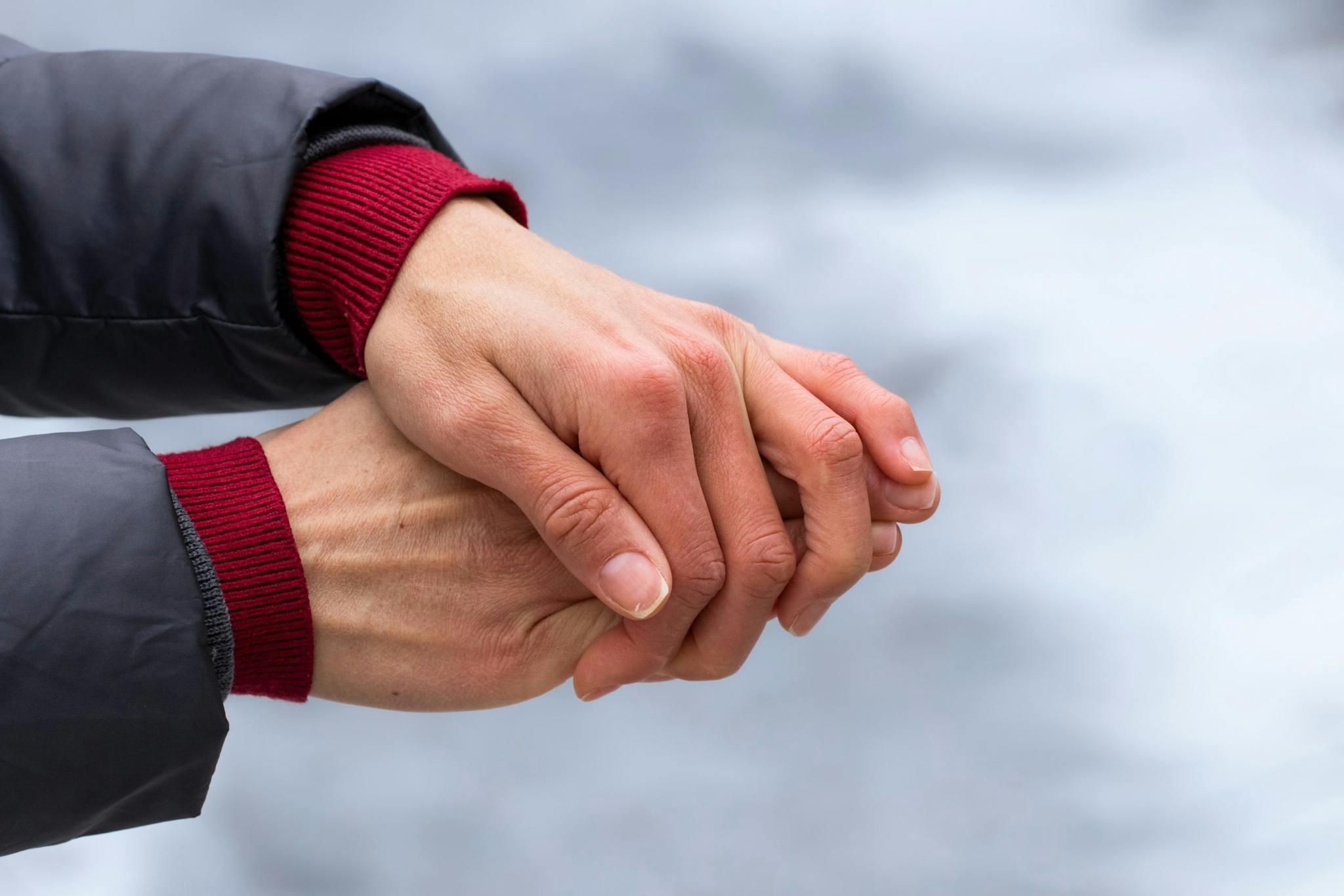
April 22, 2024
What Deficiency Causes Cold Hands and Feet?
- Family Medicine
- Internal Medicine
September 27, 2016 | Allergy and Immunology

If you are reading this article, then chances are you are one of the more than 67 million Americans who suffer from allergies. While seasonal allergies are much less dangerous than food allergies, constantly sneezing, having itchy eyes and a running nose for weeks on end can be annoying and incredibly uncomfortable.
Pollen from trees, grasses and weeds are much lighter, and easier to spread causing them to be more likely to cause allergies than the pollen from flowers
Plan your medication
This may seem intuitive, but taking allergy or asthma medications before your symptoms appear can drastically improve your life. Most people get stuffed up and start sneezing then take their medication, but doctors recommend to start taking medication even before allergy season begins. Now that allergy season is here, consistently taking medication on a schedule can reduce symptoms.
Many hay fever symptoms are the most severe in the morning. By taking a 24 hours allergy medication before bed, you are ensuring that the medication is having the maximum impact when you need it most.
Many people who have asthma find that their symptoms are worst in the afternoon, often around 4 p.m. Such people should take their oral steroids or other medication about an hour before their asthma usually hits a peak.
By tracking when your symptoms are the worst and learning about how long your medication takes to affect you, you can better plan when to take your medication.
While the fall weather may be beautiful, keeping your windows open makes it possible for pollen, dust and mold to gather in your home, irritating your allergies. It is advised that those with severe allergies rely on air conditioning rather than having their windows open during pollen season. If you cannot bear the thought of having your windows closed all of the time, keeping them shut at least during the high pollen hours of the morning can offer you some relief.
According to the American Cleaning Institute, cleaning is “one of the easiest steps you can take to help reduce allergy or asthma flares (episodes).” During allergy season, it is a good idea to kick up your usual cleaning habits, especially in your bedroom.
The Mayo Clinic recommends washing your sheets at least once a week in water that is 130 F or hotter to help allergies. Removing wool or feathered bedding (such as down pillows) and replacing them with synthetic alternatives is also advised.
Every time you come home at the end of the day, you bring pollen in with you. Leaving your shoes at the the door and washing clothes frequently may reduce allergy symptoms. Not getting in your bed with the clothes that you have been wearing all day and washing off your body before getting in bed are recommended to keep your bed as clean and free of pollen as possible.
In addition to keeping your bed clear, clearing your room of ‘knick knacks’ that collect dust is also recommended.
Studies suggest that nasal irrigation can be an effective way to reduce allergy and sinus symptoms. Nasal irrigation has been a practice for thousands of years, and is recommended by 87% of family doctors to help relieve nasal congestion.
While there are many different kinds of nasal irrigators (neti pots and squeeze bottles being the most popular), the process is the same. Saline solution is inserted in one nostril, runs through the nasal passages and flows out of the opposite nostril. You then blow your nose and the process is repeated on the opposite side. The saline solution rinses out your nasal passages, restoring moisture and reducing the inflammation in your nose.
Many people are nervous to try nasal irrigation, but the equipment needed is inexpensive, costing under $10 in most cases and offers dramatic benefits to many allergy sufferers.
WRITTEN BY:
The Live Better Team


April 22, 2024

April 9, 2024

March 22, 2024

February 12, 2024
This information is not intended to replace the advice of a medical professional. You should always consult your doctor before making decisions about your health.